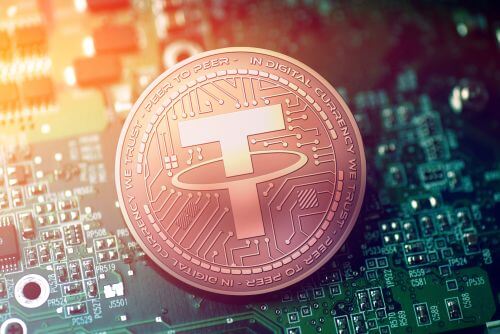
Ripple’s price is hovering around $0.31 right now but shows signs it may fall through the $0.305 support area in the next few days. With this bearish trend forming, it is starting to look like XRP is going to have a down period in the near term.

Although trading down against Bitcoin in the last few months, Ripple has performed better recently and is back to tracking mostly in line with Bitcoin’s price movements. This could be a sign that Bitcoin’s massive appreciation against the altcoin market is finished and they will move with a higher correlation from now on.
As a cross-border payment solution, Ripple has been going after the $1.93 billion remittance market for years now. Their solution is said to be faster and cheaper than any existing options, but has come with controversy over how marketing is done and how closely connected the parent company is to the governance of their token.
Ripple’s Letter to Congress
They have recently made the news for a letter they sent to Congress claiming they were different from the rest and were responsible actors. Politics of whether Ripple is considered to be overly connected to XRP aside, the fact that they can be legislated out of existence when Bitcoin cannot is telling in itself.
It says that they are centralized enough that outside actors – especially governments – can completely shut them down by going after the parent company. Thus, it seems that much more pathetic how much they supplicate themselves to the U.S. government in their letter. For example:
“We don’t take for granted the vital role of central banks in issuing currencies and setting monetary policy in concert with the complex dynamics of economies around the world. For centuries, governments have been well suited for the job because paramount to the acceptance of any currency is trust.”
They are basically walking back on the claim that the fiat system was so messed up that there needed to be cryptocurrencies without any of the meddling of the Federal Reserve or dominance from remittance firms like Paypal. It is disheartening to see the company pandering to the same giants they wish to replace.
Stablecoins in Competition
However, the rise of stablecoins that are less controversial than XRP has created some competition. Chinese importers of cryptocurrency from Russia seem to be using mostly Tether and Bitcoin.
With approximately $30 million per day of Tether being bought and imported into China, this has been a surprise for all involved. Ripple has the fastest settlement time and is designed for this exact purpose, so why isn’t it being used?
The answer has two parts. First, stablecoins have far less volatility than Ripple. USDT is pegged to the USD, so its price fluctuations are far less daunting than those of other coins. Additionally, speed and cost doesn’t matter as much as dependability and censorship resistance. Ripple could have price fluctuations, and since it is centralized, there is always the worry of a government intervening at some point. USDT has none of these worries.
Until now, Tether has mostly been used as a means for traders to quickly transfer money in between exchanges, but with this real-life case, it has gained that much more legitimacy. As the stablecoin with the highest market capitalization at $4.03 billion, it seems like Tether’s “killer app” has worked out to be the ability to skirt China’s capital controls.

